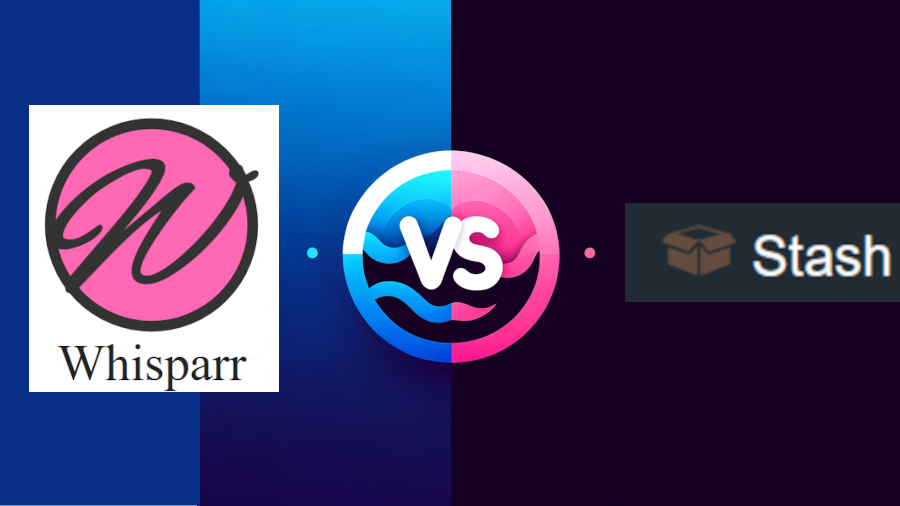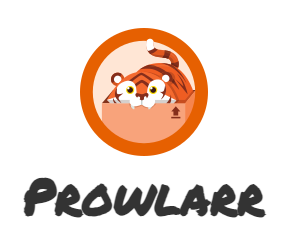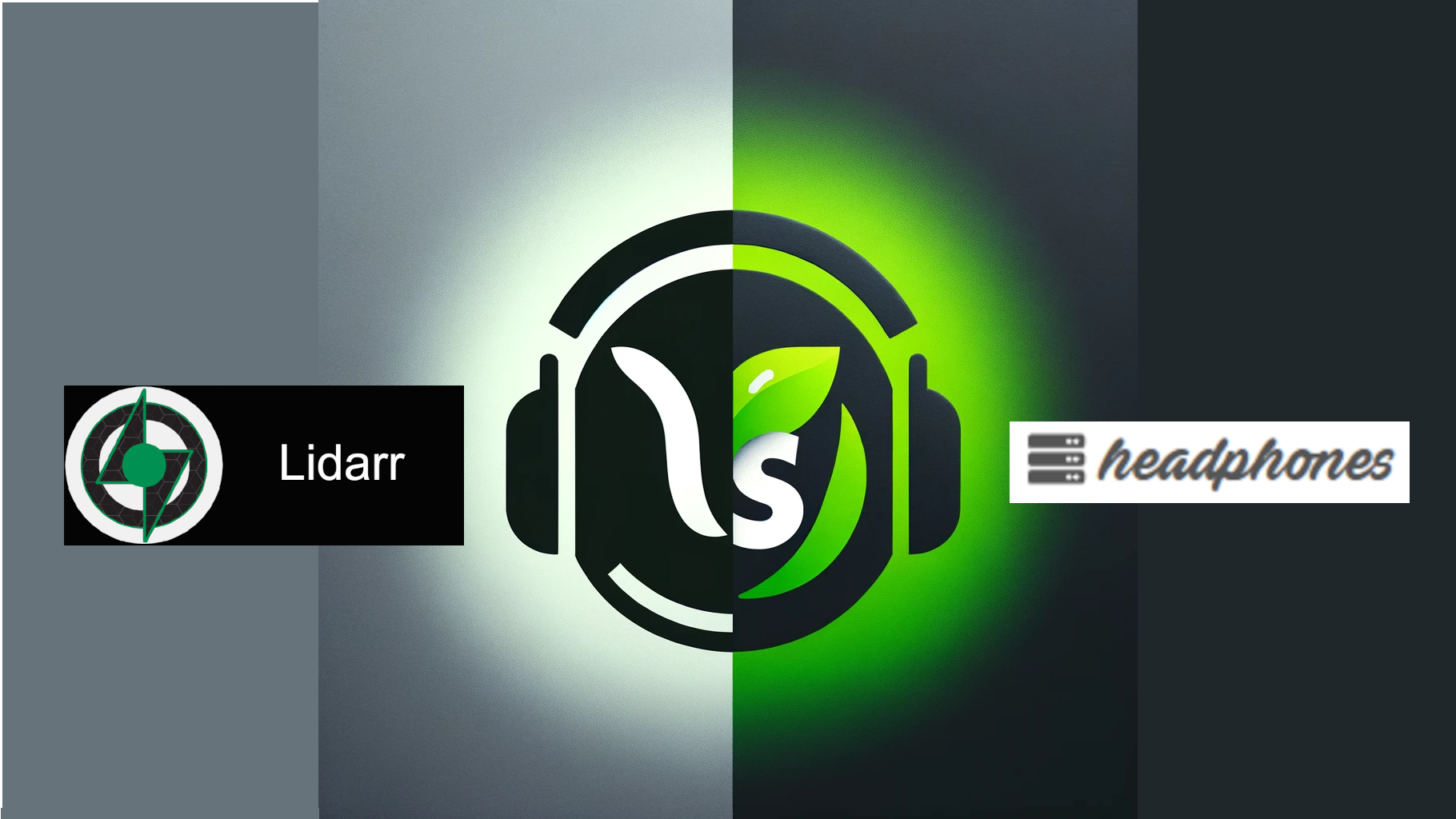Trying to choose between CouchPotato and Sonarr?
CouchPotato is great for automating long-form video downloads with easy torrent integration.
Sonarr excels at managing short-form videos, auto-upgrading content, and has fantastic community support.

Feature Showdown
When comparing CouchPotato and Sonarr, it’s clear that each brings unique features to the table tailored to their specific media types. CouchPotato automates downloading long-form videos, setting quality and resolution preferences. It integrates with torrents, renames files, collects metadata, and even notifies you about download updates.
On the other hand, Sonarr is your go-to for short-form videos. It’s got detailed quality settings, integrates with torrents, and even upgrades content quality. Plus, file renaming automation and a strong, active community as we wrote before in our Sonarr review.
Objective Comparison with Alternatives
For long-form video automation, alternatives like Radarr might come to mind. Radarr offers similar features like quality control, file renaming, and notifications but also includes better handling of failed downloads. A better compare would be CouchPotato vs Radarr.
For short-form video automation, alternatives like SickChill or Medusa could be considered. These platforms also provide robust file organization, metadata collection, and community support. However, Sonarr edges out with its intuitive interface and active development, making it a favorite among users.
CouchPotato
- Long-form video downloading automation
- Quality and resolution settings
- Torrent integration with download client compatibility
- Automatic renaming based on custom formats
- Metadata collection for organization
- Notification system for download updates
Sonarr
- Automated short-form downloads
- Detailed quality and file size configurations
- Usenet and torrent integration
- Intelligent quality upgrades for files
- Advanced file renaming automation
- Strong community involvement and support
While both CouchPotato and Sonarr share the goal of automating media downloads and organization, they are tailored for different types of content. Depending on whether you’re more into long-form or short-form videos, each has you covered with its own specialized perks.
Interface and Usability
Both CouchPotato and Sonarr offer user-friendly interfaces, but their designs cater to different media consumption habits. CouchPotato’s layout is relaxed and long-form video-focused, perfect for those lazy Sunday afternoons.
On the flip side, Sonarr feels like a sleek, high-tech command center, ideal for managing your endless list of short-form videos.
CouchPotato: Laid-back, easy-to-navigate design
Sonarr: Sleek, modern interface with frequent updates
CouchPotato: Perfect for long-form video enthusiasts looking for simplicity
Sonarr: Tabs for series, calendars, and upcoming short-form videos
| CouchPotato | Sonarr | |
|---|---|---|
| Design | Functional but old-school. | Modern and sleek. |
| Ease of Use | Straightforward. | Intuitive, user-friendly. |
| Customization | Detailed video-related settings. | Extensive video management options. |
| Navigation | Simple categorization for content. | Streamlined video and season navigation. |
When compared to other video management tools like Plex or Emby, CouchPotato and Sonarr offer more specialized interfaces. Plex, for instance, provides a more general interface that caters to both long-form and short-form video management, while Emby focuses on offering a highly customizable experience.
Installation and Setup
Setting up CouchPotato and Sonarr is generally straightforward, but the level of documentation available for each makes a notable difference.
CouchPotato installation is quick and supported across various platforms, including Windows, macOS, Linux, and Docker. However, the documentation can be somewhat lacking, leaving users to figure out some steps on their own.
Sonarr, in contrast, excels in this area. The platform offers comprehensive guides for each operating system, making the installation process seamless. Their well-documented wiki ensures you won’t be left guessing at any step.
For example, if you’re running Sonarr on a Linux system, you’ll find detailed instructions covering dependencies, configurations, and troubleshooting. This level of support can make you feel like a tech wizard, confident in your setup.
| Step | Task | Sonarr/Radarr | CouchPotato |
|---|---|---|---|
| 1 | Install Application | Install Sonarr/Radarr via official downloads or package managers. | Install CouchPotato from the official website or GitHub repository. |
| 2 | Set up Proxy for Trackers | Set up Jackett for additional trackers. | Not typically required for CouchPotato, as it primarily uses torrent sites directly. |
| 3 | Configure indexers and download clients | Configure indexers and download clients within the application. | Set up torrent clients and integrate them within CouchPotato. |
| 4 | Tweak settings for quality and file management | Adjust quality profiles, import settings, and file management options. | Customize quality settings, file renaming, and post-processing scripts. |
| 5 | Add your favorite content | Add your favorite content for tracking and automated downloading. | Add content to your watchlist for automated searching and downloading. |
Comparatively, Sonarr’s structured support and detailed documentation offer a smoother setup experience than CouchPotato. If you’ve ever faced the frustration of ambiguous installation steps, Sonarr’s thorough guides will be a breath of fresh air.
Usage
When it comes to usage, CouchPotato and Sonarr have their quirks. CouchPotato automates your downloads and integrates with a few media servers.
Sonarr takes it up a notch with its robust video management and deeper integration options.
Automation
Automation plays a pivotal role in how CouchPotato and Sonarr streamline the process of managing your media collection.
With CouchPotato, you can set video quality preferences, and it will handle the rest, even updating your media server. Sonarr takes it a step further for short-form videos, automatically upgrading files to higher quality when available.
CouchPotato: Automated downloads of long-form videos based on predefined quality settings.
Sonarr: Advanced management of short-form videos, including automatic quality upgrades.
Both: Automatic renaming and metadata collection for optimal organization.
Notifications: Keeps you informed about new downloads.
Why waste time when you can just let these tools manage it all?
Integration
Both CouchPotato and Sonarr integrate with various download clients and media servers, making it easy to manage and update your media library seamlessly. Let’s face it: manually updating your media collection is a hassle.
CouchPotato connects with NZB downloaders and can notify Plex or Emby when new content is available. While straightforward, it’s somewhat limited in its features.
Sonarr, in contrast, syncs with torrent / usenet downloaders, fetches metadata from TheTVDB, and even updates Plex/Emby libraries.
Need notifications for the latest updates? Sonarr handles it effortlessly.
System Requirements
Considering the lightweight nature of CouchPotato and Sonarr, you won’t need high-end hardware to manage your media collection. Both applications are designed to run smoothly on modest setups, so you don’t have to splurge on fancy gear.
CPU: Any modern processor will do. For instance, an Intel i3 or AMD Ryzen 3 should be more than sufficient.
RAM: 2GB is usually enough, but more won’t hurt if you’re running multiple applications. For example, if you’re also using Plex or Kodi, having 4GB or more would be beneficial.
Storage: Adequate space for your media content is key. SSDs are great for quick access and performance, but HDDs work fine too, especially for larger collections.
OS Compatibility: Both CouchPotato and Sonarr support Windows, macOS, Linux, and even Docker. This flexibility means you can run them on a variety of systems, whether it’s your personal computer, a dedicated server, or a NAS.
| CouchPotato | Sonarr | |
|---|---|---|
| Windows | Yes, with native support. | Yes, with native support. |
| macOS | Yes, can run with Python. | Yes, available as a package. |
| Linux | Yes, via Python. | Yes, via Mono or Docker. |
| Docker | Yes, available as a container. | Yes, officially supported. |
A modest setup can handle the task efficiently, giving you more time to enjoy your media rather than worrying about tech specs.
Support & Community
Sonarr’s vibrant and active community offers frequent updates and extensive support, making it easier for you to troubleshoot issues and find resources. Need help? There’s always someone on Reddit, Discord, or GitHub ready to lend a hand. Plus, the documentation is excellent, so you won’t be left guessing.
CouchPotato, on the other hand, has a smaller, less active community. Sure, some folks still hang out on the GitHub repo and forums, but it’s not quite the same dynamic scene. Looking for quick fixes or new features? You might find yourself waiting.
| CouchPotato | Sonarr | |
|---|---|---|
| Community Size | Smaller | Larger |
| Response Time | Slower | Faster |
| Support Availability | Limited | Extensive |
| Development Status | Discontinued | Actively Updated |
| Reliability | Less Reliable | More Reliable |
Alternatives
If you’re not completely sold on CouchPotato or Sonarr for managing your digital media collection, several robust alternatives can help you achieve your goals.
Radarr: Think of it as Sonarr’s sibling but for long-form videos. It offers a similar intuitive interface and powerful features.
SickBeard/SickRage: Ideal for short-form video enthusiasts who crave more control and customization. These tools provide extensive options for managing your video library, including advanced search filters and notification systems.
Bazarr: If you need a dedicated solution for subtitles, this is your go-to. Bazarr integrates seamlessly with both Sonarr and Radarr, ensuring that your subtitles are always in sync with your videos. It supports multiple languages and automatic updates, making it highly efficient.
Jackett: A must-have if you want to expand your search options for content. Jackett acts as a bridge between your indexers and media management tools, making it easier to find exactly what you’re looking for. It supports a wide range of public and private indexers, offering greater flexibility.
Final Verdict
Ultimately, your choice between CouchPotato and Sonarr hinges on your specific needs for managing digital media libraries. Are you an avid enthusiast who wants to automate the download of the latest long-form videos? CouchPotato’s got you.
But if you’re a short-form video junkie, craving seamless downloads, Sonarr is your new best friend.
Sonarr’s modern interface, robust automation, and active community support make it a powerhouse for short-form videos, just like Radarr, the long-form video cousin of Sonarr.
CouchPotato, while reliable, hasn’t evolved much since 2015. Why settle for less?
Frequently Asked Questions
What Is the Difference Between Sonarr and Radarr?
Sonarr’s your go-to for short-form videos, and Radarr’s all about long-form content.
What Is Sonarr and How Does It Work?
It’s like a digital butler, snagging videos, tidying up your library, and keeping your binge-watch game strong.
How Do I Use Plex With Radarr?
To use Plex with Radarr, you’ll set up media integration by adding Radarr’s download folder to Plex. Plex then automatically updates your movie library, giving you total freedom over your collection.
What Is the URL for Sonarr?
Don’t let URL confusion hold you back; it’s usually http://localhost:8989 unless you’ve customized it.




